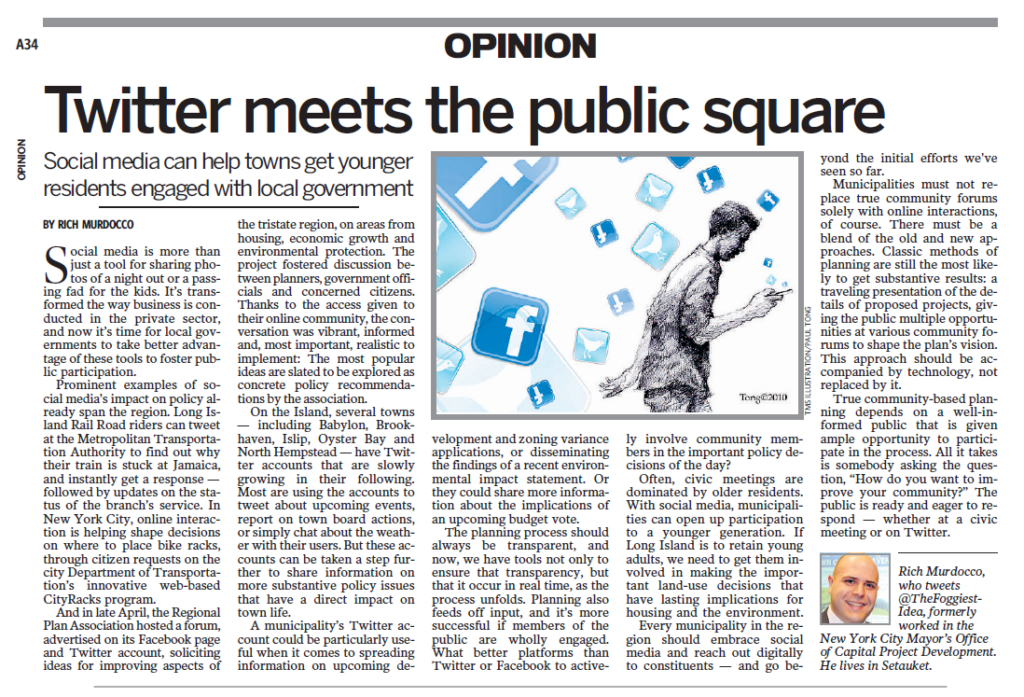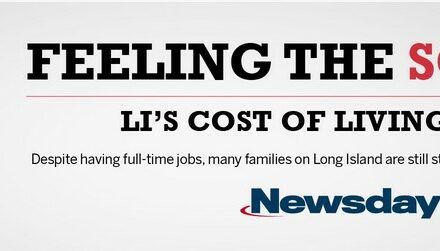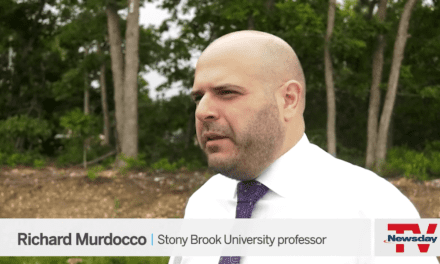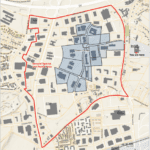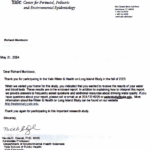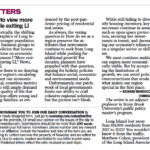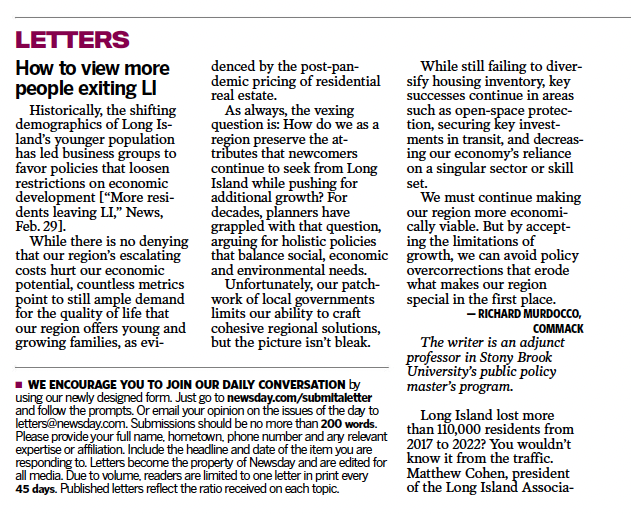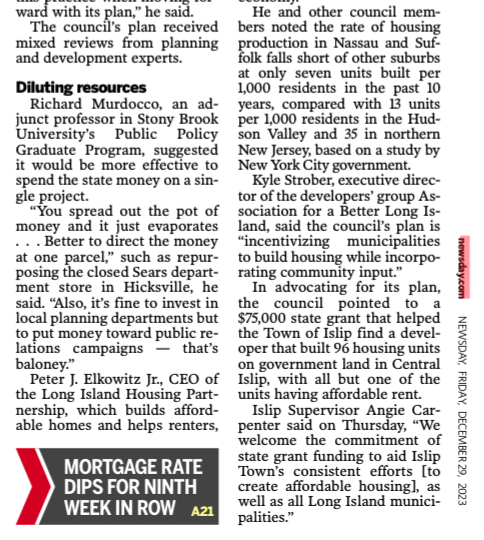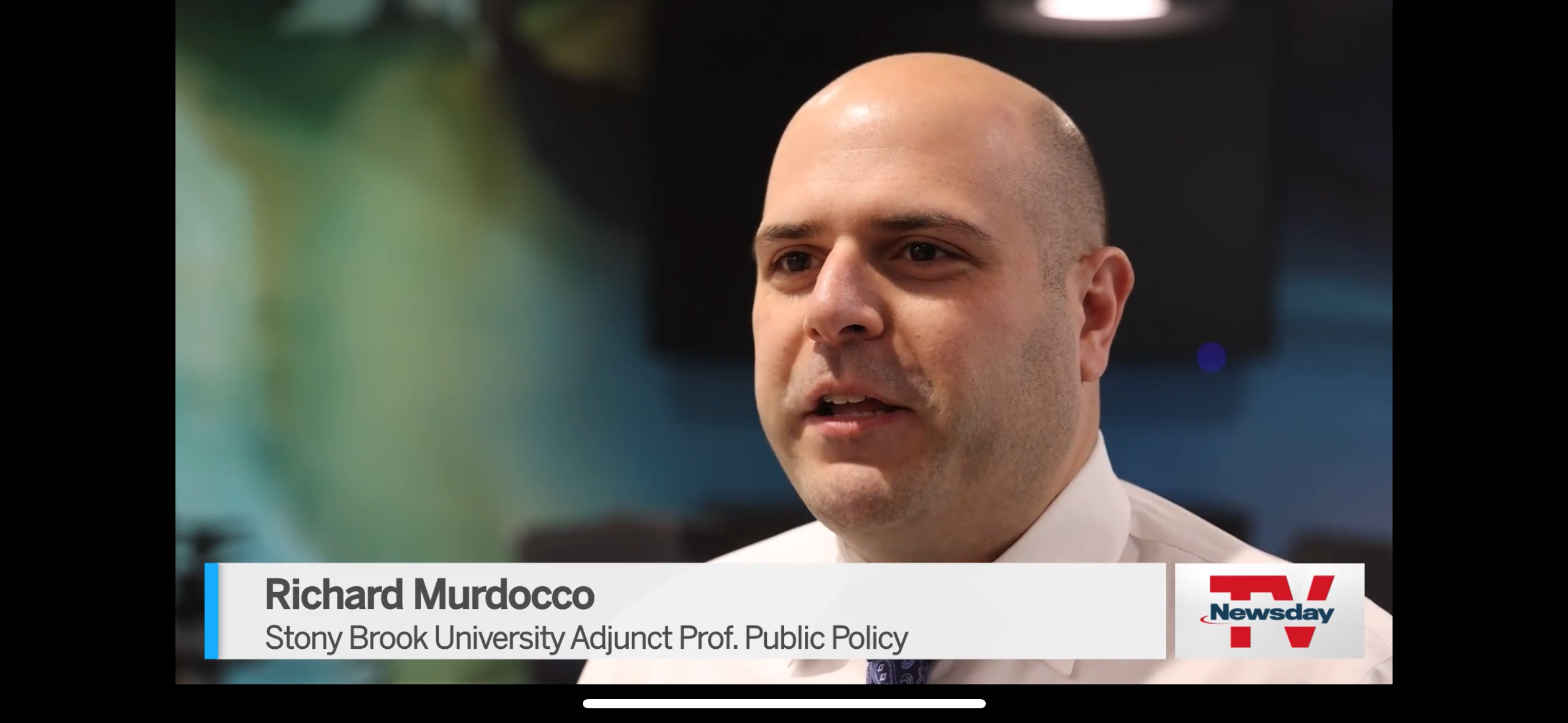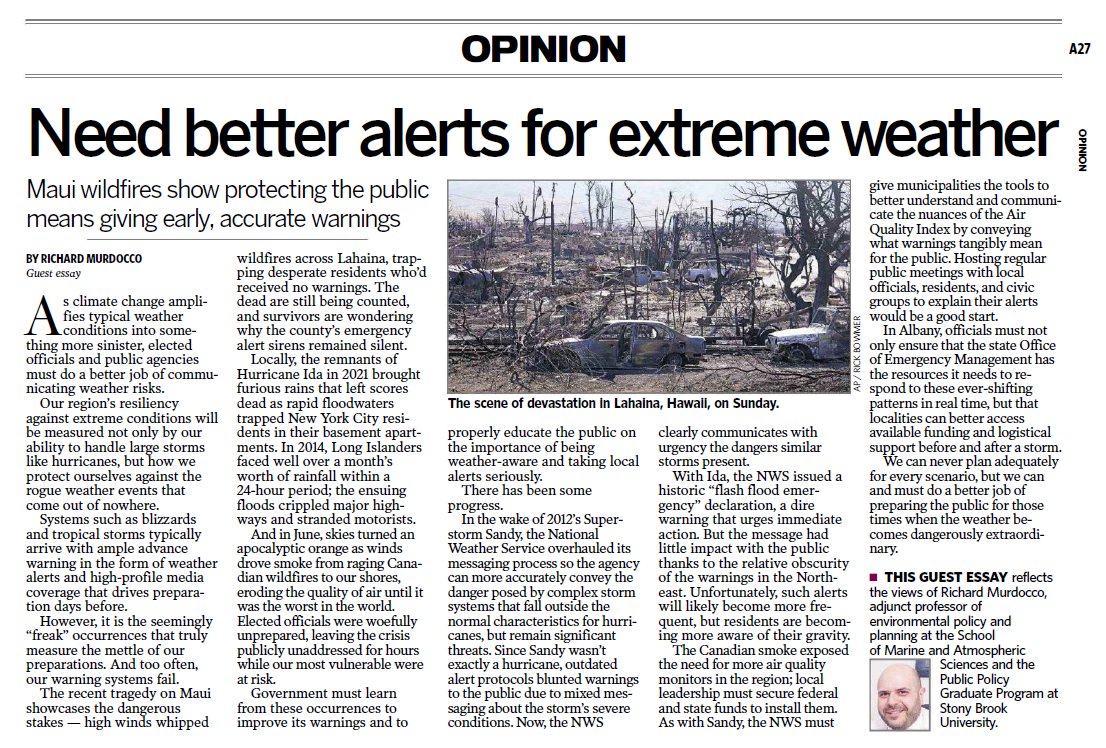The following op-ed was published in the June 26th, 2012 edition of Newsday on page A34. You can read the original here.
BY RICH MURDOCCO
Social media is more than just a tool for sharing photos of a night out or a passing fad for “the kids.” It’s transformed the way business is conducted in the private sector, and now it’s time for local governments to take better advantage of these tools to foster public participation.
Prominent examples of social media’s impact on policy already span the region. Long Island Rail Road riders can tweet at the Metropolitan Transportation Authority to find out why their train is stuck at Jamaica, and instantly get a response — followed by updates on the status of the branch’s service. In New York City, online interaction is helping shape decisions on where to place bike racks, through citizen requests on the city Department of Transportation’s innovative web-based CityRacks program.
And in late April, the Regional Plan Association hosted a forum, advertised on its Facebook page and Twitter account, soliciting ideas for improving aspects of the tri-state region, on areas from housing, economic growth and environmental protection. The project fostered discussion between planners, government officials and concerned citizens. Thanks to the access given to their online community, the conversation was vibrant, informed and, most important, realistic to implement: The most popular ideas are slated to be explored as concrete policy recommendations by the association.
On the Island, several towns — including Babylon, Brookhaven, Islip, Oyster Bay and North Hempstead — have Twitter accounts that are slowly growing in their following. Most are using the accounts to tweet about upcoming events, report on town board actions, or simply chat about the weather with their users. But these accounts can be taken a step further to share information on more substantive policy issues that have a direct impact on town life.
A municipality’s Twitter account could be particularly useful when it comes to spreading information on upcoming development and zoning variance applications, or disseminating the findings of a recent environmental impact statement. Or they could share more information about the implications of an upcoming budget vote.
The planning process should always be transparent, and now, we have tools not only to ensure that transparency, but that it occur in real time, as the process unfolds. Planning also feeds off input, and it’s more successful if members of the public are wholly engaged.
What better platforms than Twitter or Facebook to actively involve community members in the important policy decisions of the day?
Often, civic meetings are dominated by older residents. With social media, municipalities can open up participation to a younger generation. If Long Island is to retain young adults, we need to get them involved in making the important land-use decisions that have lasting implications for housing and the environment.
Every municipality in the region should embrace social media and reach out digitally to constituents — and go beyond the initial efforts we’ve seen so far.
Municipalities must not replace true community forums solely with online interactions, of course. There must be a blend of the old and new approaches. Classic methods of planning are still the most likely to get substantive results: a traveling presentation of the details of proposed projects, giving the public multiple opportunities at various community forums to shape the plan’s vision. This approach should be accompanied by technology, not replaced by it.
True community-based planning depends on a well-informed public that is given ample opportunity to participate in the process. All it takes is somebody asking the question, “How do you want to improve your community?” The public is ready and eager to respond — whether at a civic meeting or on Twitter.
Rich Murdocco, who tweets @TheFoggiestIdea, formerly worked in the New York City Mayor’s Office of Capital Project Development. He lives in Setauket.

